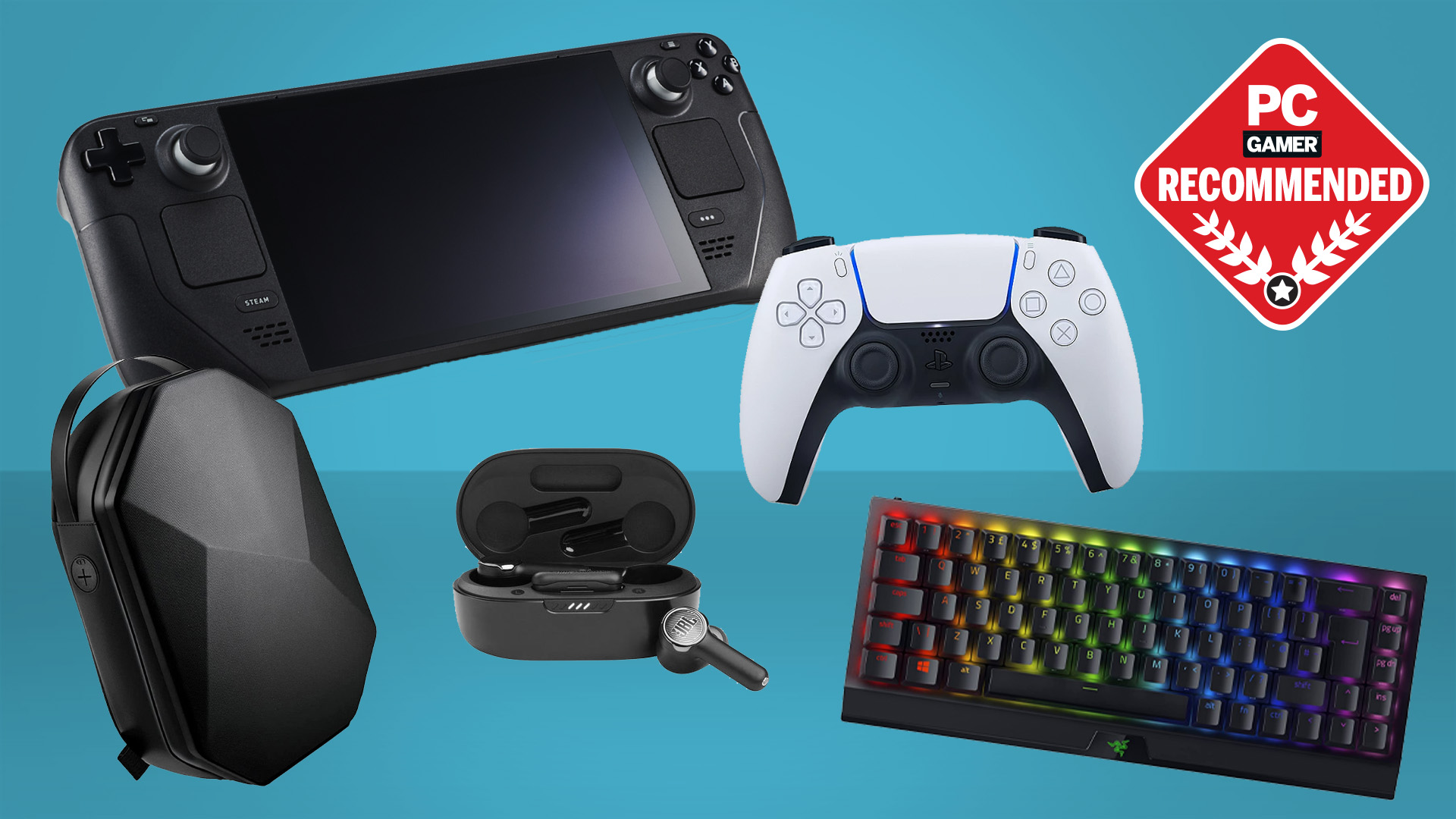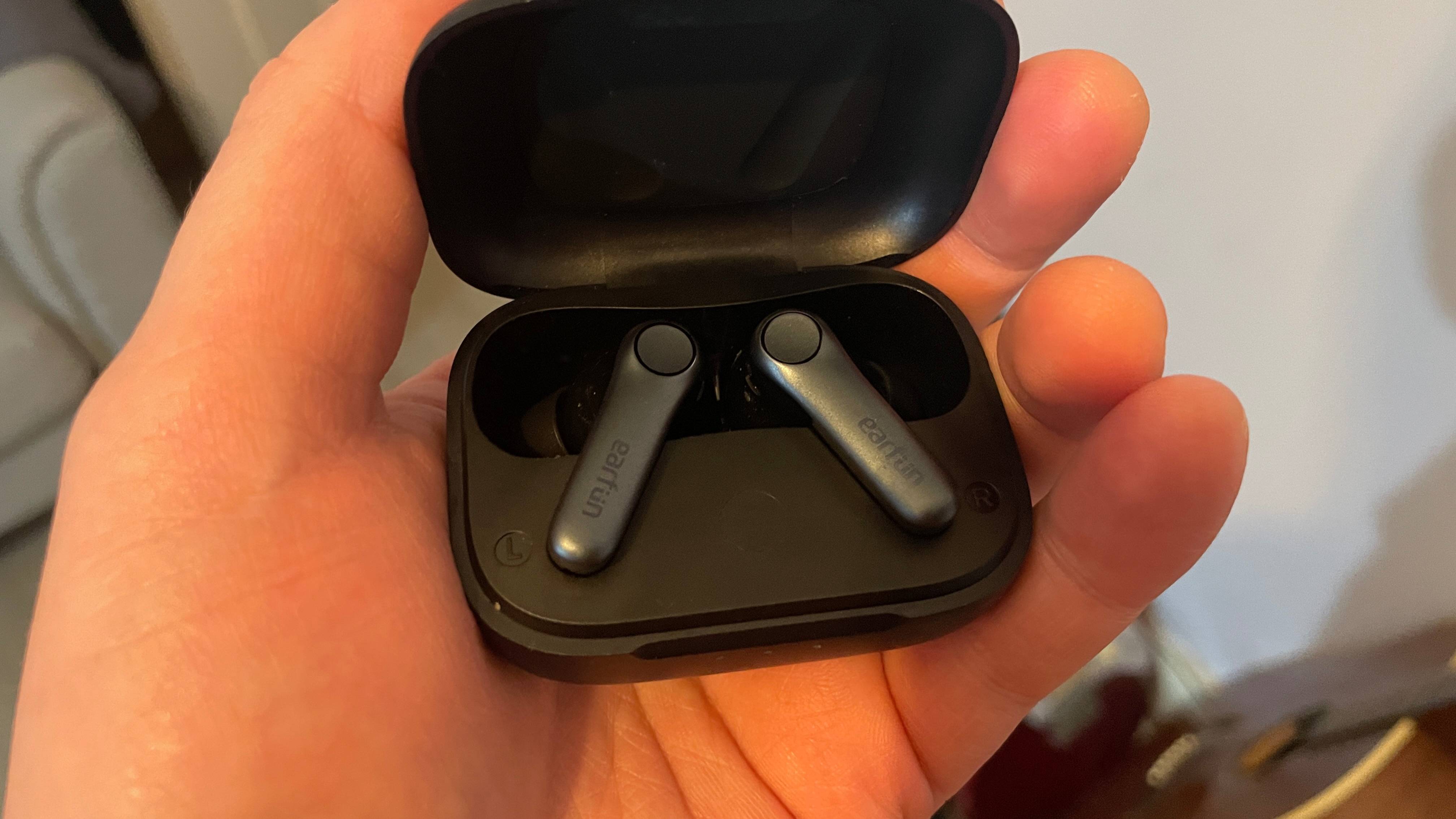Everyone assumes it's game over, but Intel's huge bet on 18A is still very much game on
The opportunity for Intel remains absolutely enormous.
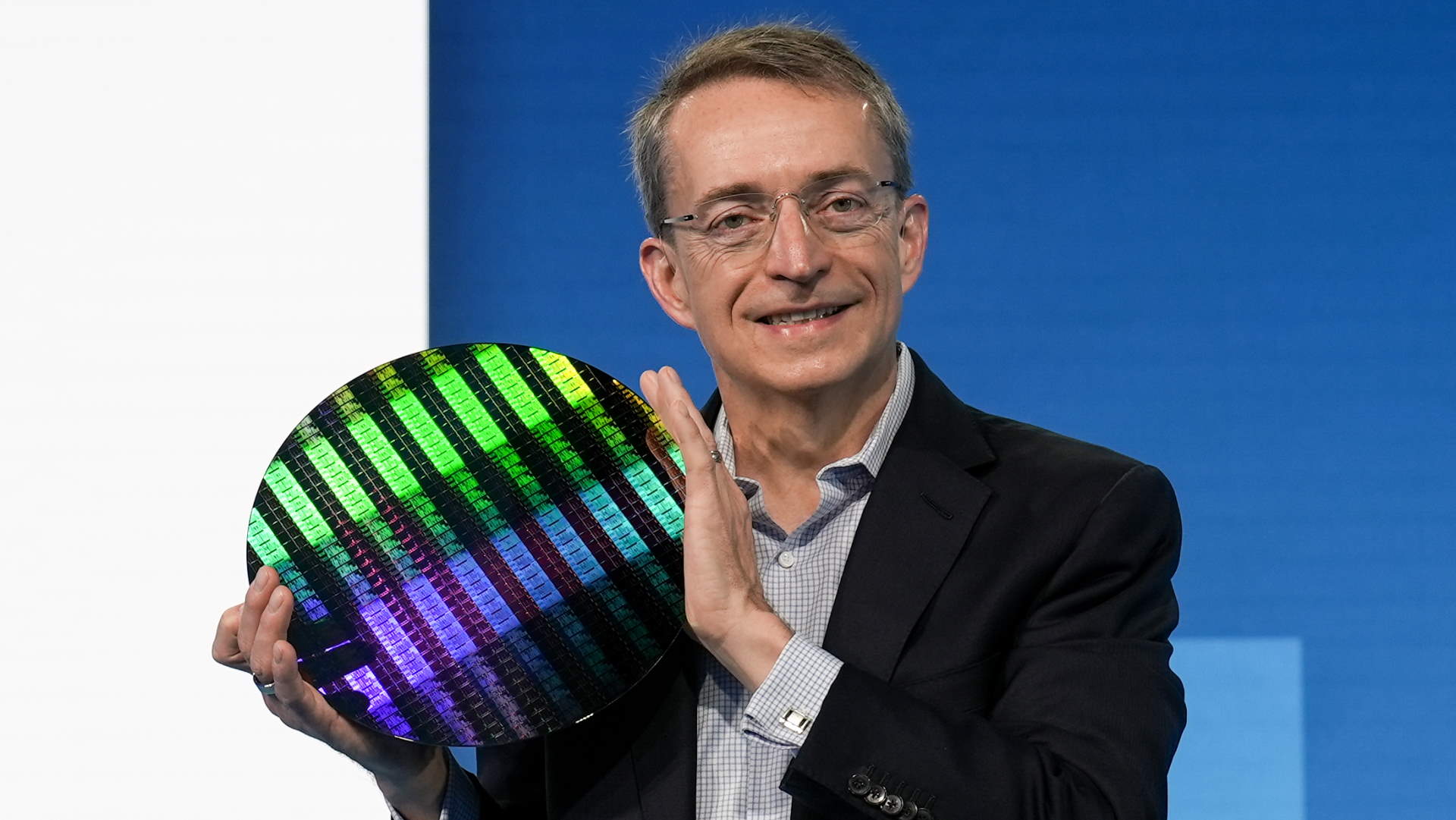
All hail the latest victory for Intel. Their chip production nodes are so fantastic, it's cancelled one and will instead ask TSMC to make even more Intel CPUs. Yes, really, that was the spin Intel put on its decision to bin the 20A node.
Add that to the 13th and 14th Gen crashing CPU debacle, reports that the company is at risk of falling out of the Dow Jones Index, mounting losses in its foundry business, a share price that's down 60% this year, rumours that the all-important 18A node is coming up short, plus what amounts to a decade's worth of broader underperformance when it comes to developing and commercialising new chip production technologies and, well, it's easy to see why the narrative of late is that Intel is in terminal decline.
Ten years hence, we may indeed look back on this as the critical period in Intel's demise. But hindsight is easy. Right now, the reality is that it's far from game over for Intel. In fact, it's still very much game on.
Ultimately, Intel CEO Pat Gelsinger has made a huge bet on the company's 18A node. Supposedly, 18A will be the most advanced chip manufacturing technology on the planet, what with its extreme transistor density and innovations including backside power delivery.
So, 18A is absolutely central to Gelsinger's plan to turn the company around. Not only is the success of the 18A pivotal in making Intel's own chips more competitive, but it's the node on which Gelsinger's plan, the one in which Intel takes on TSMC as a customer fab or chip foundry, hinges.
Of course, Intel has an equally huge credibility problem of late. The company's recent announcement, in effect, that 18A is so good that it's made the 20A node redundant does seem pretty hard to take at face value.
That's especially true when the effective cancellation of 20A means that the active silicon in Intel's upcoming Arrow Lake CPUs will now be entirely manufactured by that very same customer fab rival, TSMC. I mean, come on.
The biggest gaming news, reviews and hardware deals
Keep up to date with the most important stories and the best deals, as picked by the PC Gamer team.
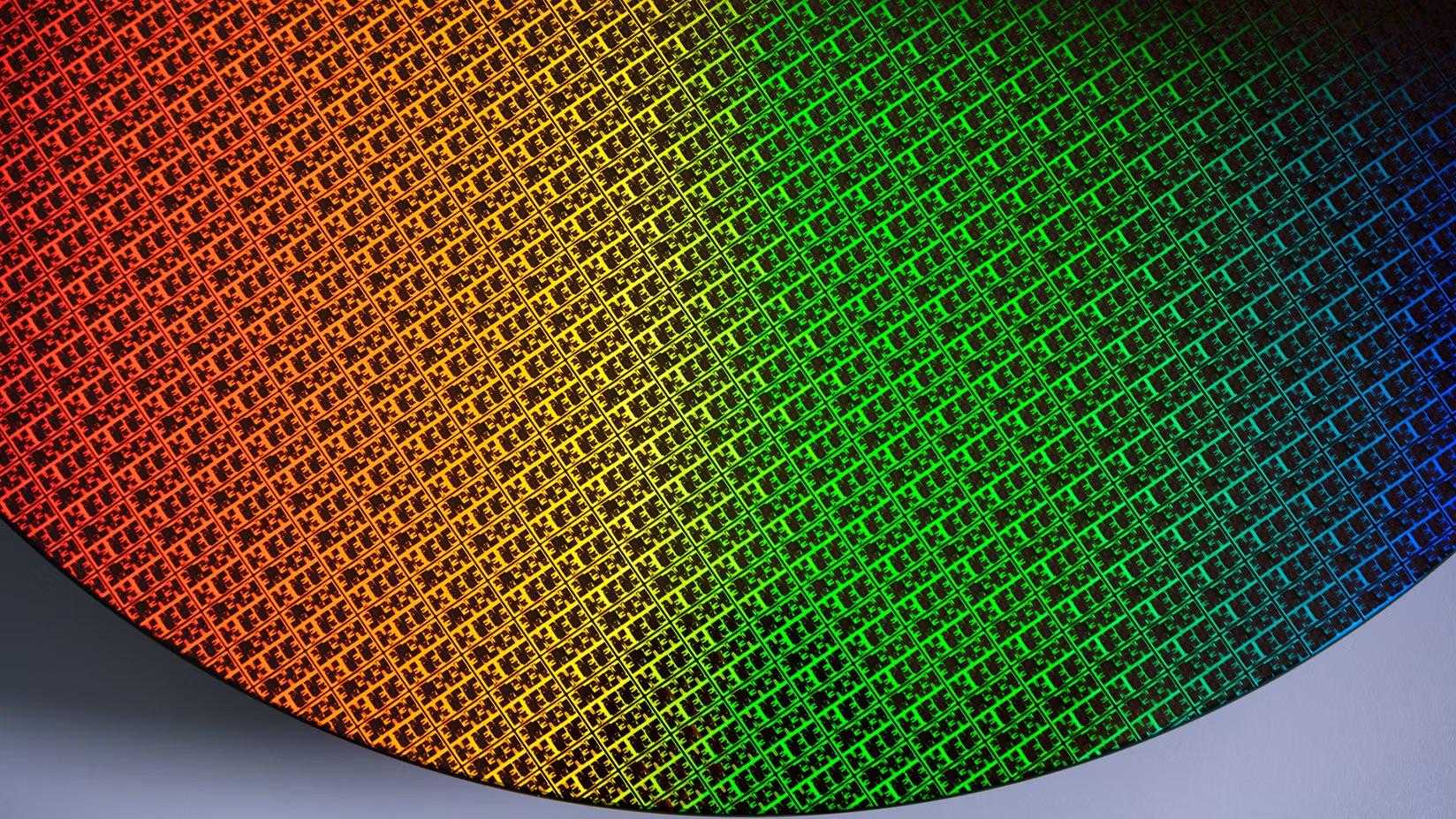
And yet it does actually make sense. 20A was only ever meant to be an internal node for Intel's own chips. It was the proving ground for 18A. But if Intel is to be believed, 18A is coming along so swimmingly, it doesn't need the learnings from 20A.
Moreover, Intel certainly needs to save money where it can right now. So, while the optics of effectively cancelling 20A are absolutely horrible, it may well make internal sense. Put another way, it's probably going to be far cheaper for Intel to just have TSMC make Arrow Lake than go through the process of fully preparing 20A for mass production, only to drop it shortly after in favour of 18A.
Intel needs to save money, so it can't afford to spend the money on 20A purely for appearance's sake. That version of events obviously hinges on the notion that 18A is indeed fit and healthy. Last week, Gelsinger claimed just that, touting the node's sub "0.4d0" defect density as proof positive that everything is on track.
At the same time, however, there are rumours that one of Intel's most important prospective customers for 18A, Broadcom, took a look at the state of some early test wafers and didn't like what it saw. According to reports, supposedly the same thing has happened with Qualcomm and Softbank.
So what is the truth? Is 18A borked? Or is it going to tear TSMC a new one? We simply don't know. And that's a really important point, that we just don't know.
Equally important is the fact that the opportunity for Intel remains huge. Right now, TSMC is utterly dominant when it comes to cutting-edge manufacturing and literally nobody is happy about that, apart from TSMC.
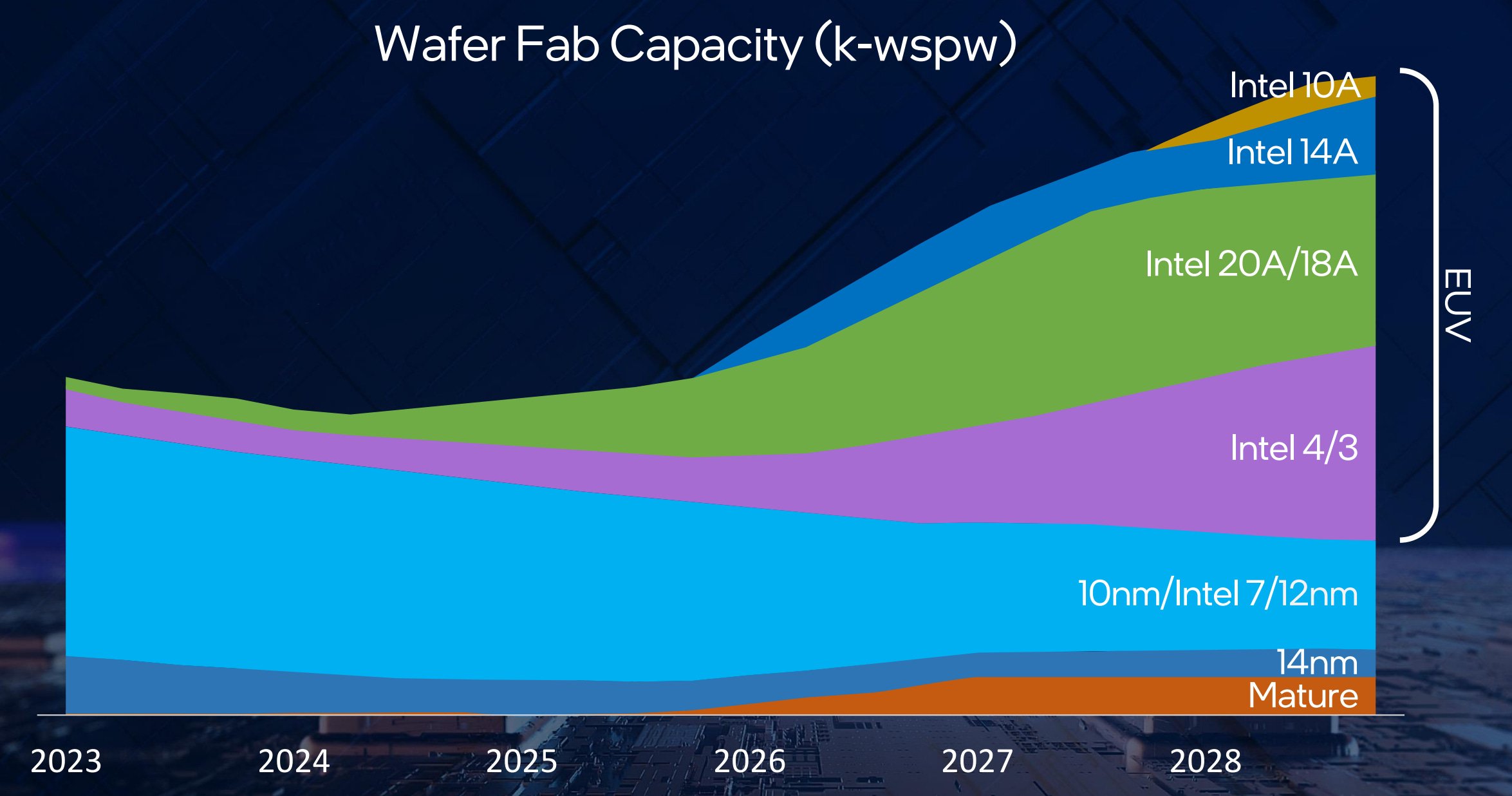
Apart from all the usual downsides to what constitutes a de facto monopoly, TSMC just so happens to be subject to some of the most precarious geopolitics on the planet. It would be so much better for pretty much everyone if Intel succeeded in adding another option to the computer chip supply chain.
That has to work in Intel's favour. Most of the big chip designers would love to have an alternative to TSMC and its ballooning wafer costs and inevitably finite wafer supplies. So, they must be open to giving Intel a crack if 18A looks reasonably competitive.
Admittedly, Intel is running out of margin. Whatever the real reason for the 20A cancellation, there is very little time left to prove that 18A is everything Intel claims. And yet the prize for Intel if it can deliver with 18A is monumental.
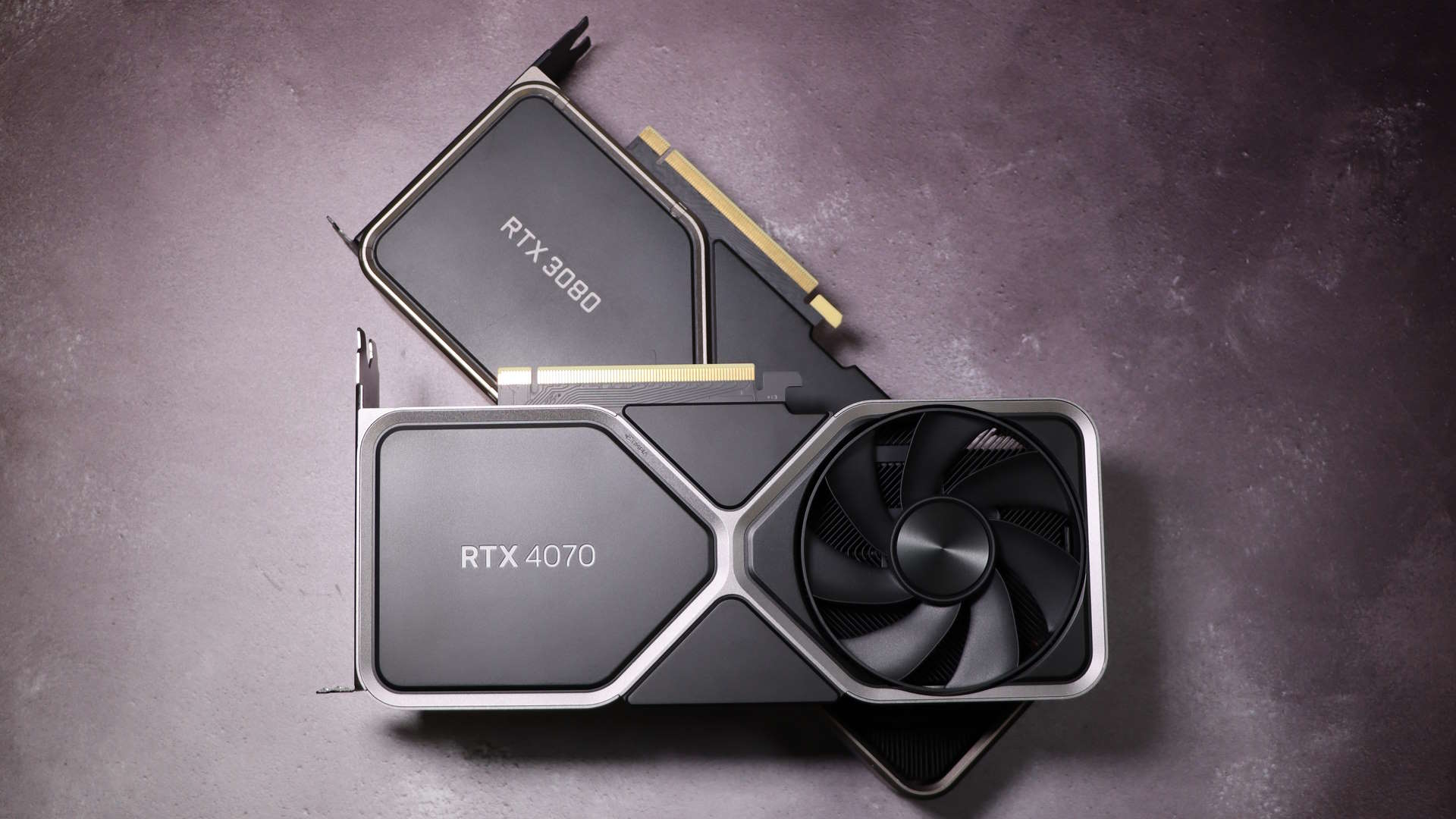
Best CPU for gaming: The top chips from Intel and AMD.
Best gaming motherboard: The right boards.
Best graphics card: Your perfect pixel-pusher awaits.
Best SSD for gaming: Get into the game ahead of the rest.
Pretty much everyone agrees that the world's thirst for ever more computing power is virtually unquenchable. If Intel can get in on that with its nascent foundry business, Intel 2.0 to paraphrase Gelsinger, it could dwarf whatever successes the company has had to date.
Of course, that's a monumental, multi-storey, full-carpeted 'if', served by about a dozen elevators and boasting a rotating top-floor restaurant with commanding views. But importantly, it's still an if. It's all very much in the balance.
So, yeah, Intel might be in the beginnings of its death throes. But it might also be putting in the hard work that leads to a remarkable rebirth. The opportunity remains absolutely epic. And it would be so much better for nearly everyone if Intel succeeds.

Jeremy has been writing about technology and PCs since the 90nm Netburst era (Google it!) and enjoys nothing more than a serious dissertation on the finer points of monitor input lag and overshoot followed by a forensic examination of advanced lithography. Or maybe he just likes machines that go “ping!” He also has a thing for tennis and cars.
